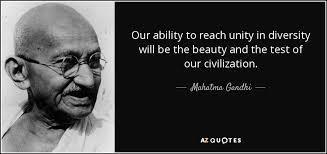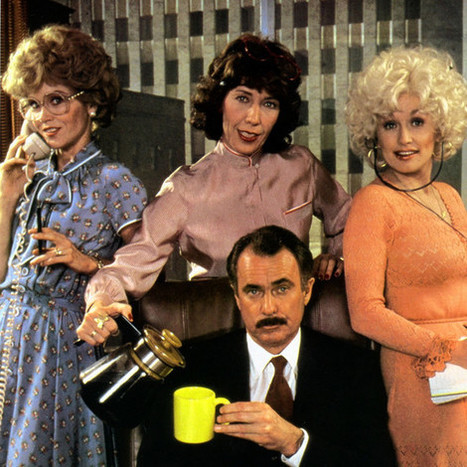Many workplaces today are in the unprecedented position of having five generations working together, side-by-side. While the exact definition of each generation may vary slightly, any office or workplace today could include members from the traditionalists (born 1927-1945), baby boomers (1946-1964), Generation X (1965-1980), millennials/Generation Y (1981-1996) and Generation Z (those born in 1997 or later).
While most would agree that generalizations like generational buckets are helpful only to a point, multigenerational workforces challenge employers to meet a broad range of needs and expectations. Making the matter more complicated: Typical full-time and part-time positions are now being augmented with gig economy roles such as freelance, contract and temporary employment options.
Via The Learning Factor



 Your new post is loading...
Your new post is loading...



























Smart HCM technology can help organizations create compelling work environments that make employees feel valued and treated fairly - regardless of their generation, employment status, or position.